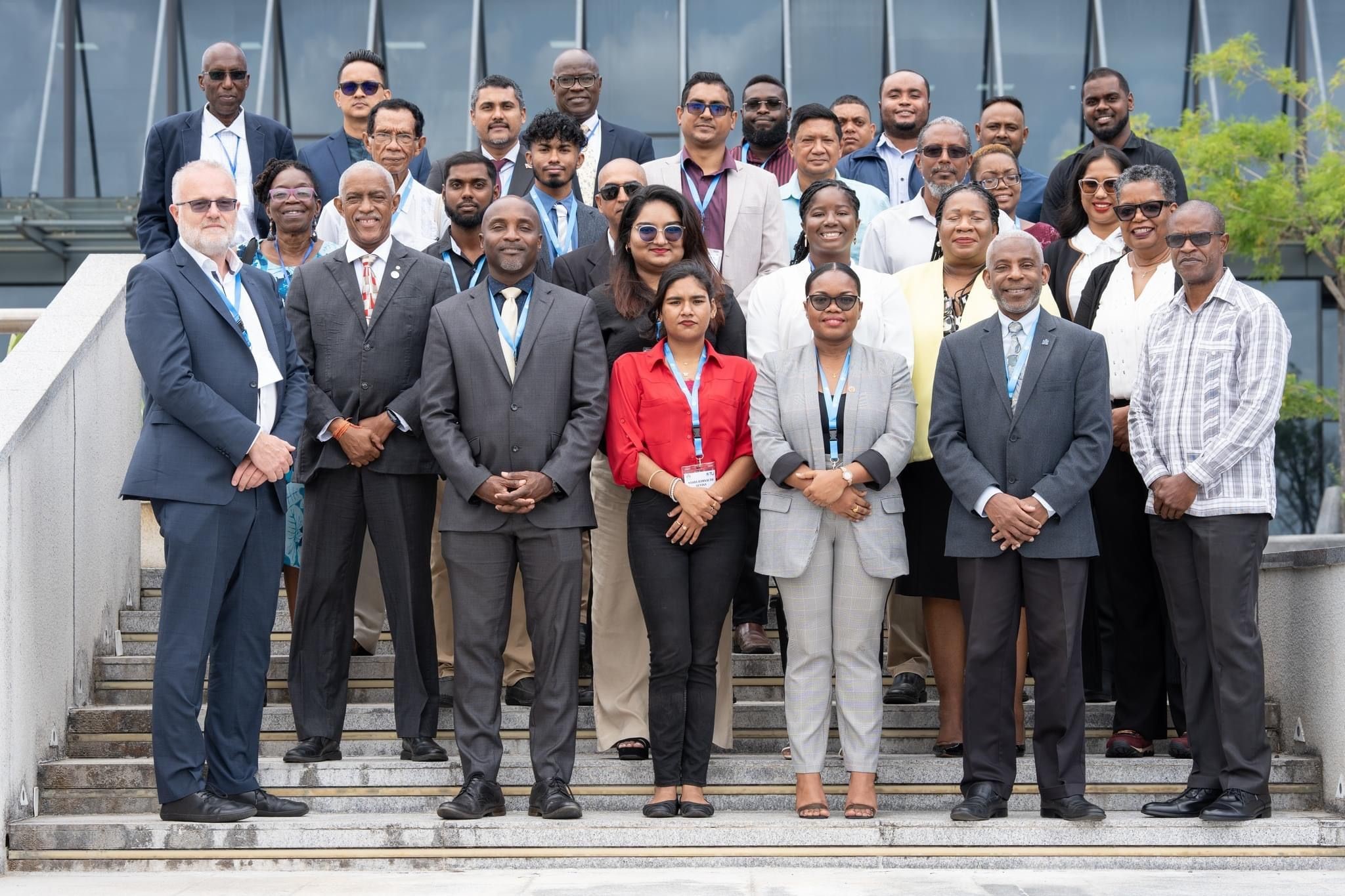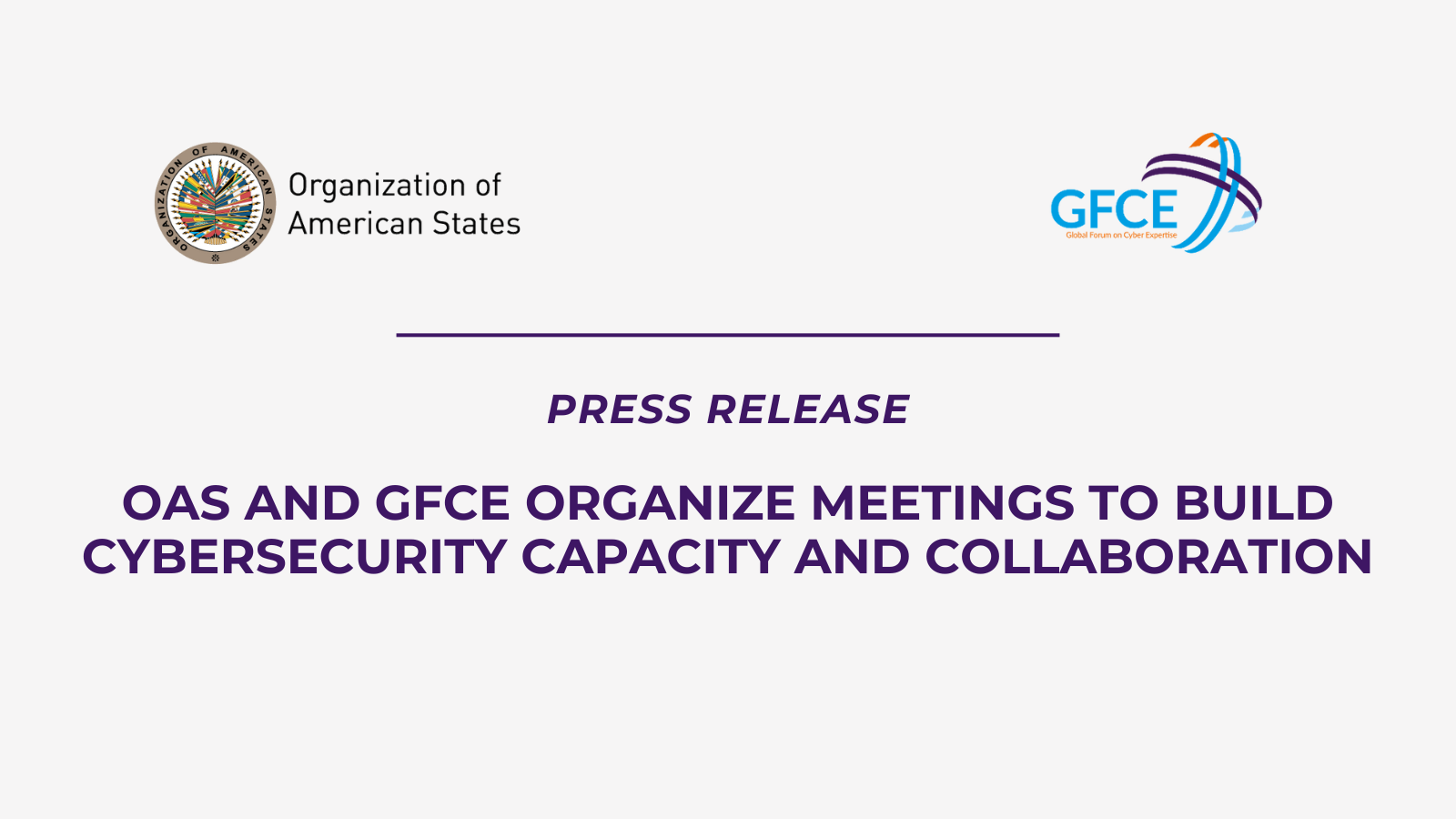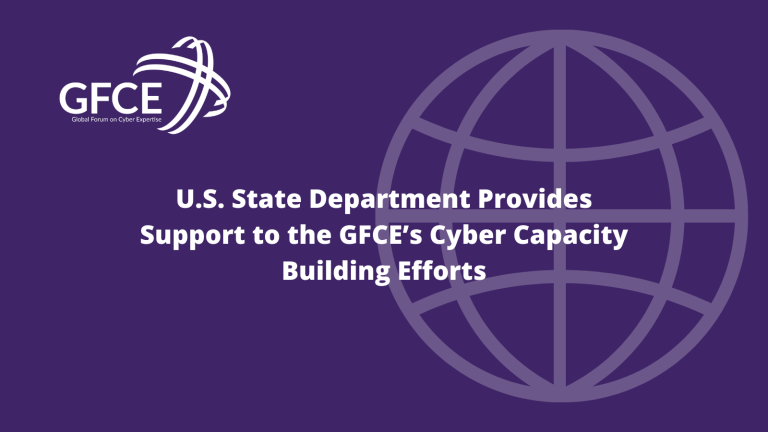Americas and Caribbean regional meeting 2024
In an era marked by increasing cybersecurity threats and technological advancements, the 4th GFCE Regional Meeting for the Americas and the Caribbean convened in Washington, DC, to address these critical issues. This meeting provided a collaborative platform for stakeholders from governments, private entities, and academia to discuss strategies for enhancing regional cybersecurity resilience. Participants engaged […]
GFCE Triple-I Georgetown Meeting

On Thursday 22 August 2024, during the 20th Caribbean IGF, CTU Secretary General Rodney Taylor kicked off a discussion on what can be done to ensure the Caribbean can rely on a resilient and robust Internet infrastructure that is safe to use. The workshop was initiated by the Global Forum for Cyber Expertise (GFCE) in […]
OAS and GFCE Organize Meetings to Build Cybersecurity Capacity and Collaboration

Washington D.C., 5 September 2024 – The Organization of American States (OAS) and the Global Forum for Cyber Expertise (GFCE) will hold two meetings the week of September 9 focused on building cybersecurity capacity and strengthening international collaboration in the field. On September 9, the Regional Meeting for the Americas and Caribbean will take place […]
Americas and Caribbean regional meeting 2021
In 2021, the Organization of American States (OAS) became the first GFCE Regional Hub in the area, to better connect and enhance collaboration between regional stakeholders and the GFCE Community. The first GFCE-OAS LAC Cyber Capacity Building was held in March 2021 with an aim to introduce the LAC community stakeholders to the GFCE. Following […]
Americas and Caribbean regional meeting 2022
It is in the context of regional cooperation, that the Secretariat of the GFCE, the Secretariat of the Inter-American Committee Against Terrorism (CICTE) which is the GFCE Regional Americas Hub and the Latin American and Caribbean Cyber Competence Center (LAC4EU), EU CyberNet Project organized the GFCE 2nd Regional Meeting in the Americas. For this second […]
Americas and Caribbean regional meeting 2023
The GFCE Regional Hub for the Americas and the Caribbean held their 2023 Regional Meeting as a satellite event to RightsCon on the 5th June, 2023. The Hub provides practical guidance, expertise, and support to cyber communities, including regional organizations, private sector entities, institutions, and governments. It also facilitates access to the GFCE’s global network […]
U.S. Department of State Provides Support to the GFCE’s Cyber Capacity Building Efforts

The GFCE Foundation and the U.S. Department of State have announced a new partnership, leveraging U.S. funding, to increase international and regional coordination on cyber capacity building projects that aim to mobilize additional resources and expertise to build global cyber capacities. The partnership will focus on providing platforms for cyber policymakers, practitioners and experts from […]
Latin America and the Caribbean: Climbing the Cybersecurity Ladder
The fast-evolving integration of cyberspace into the daily lives of the people in the region and countries’ critical infrastructure offers numerous social and economic opportunities. It also poses significant challenges, particularly for countries with nascent digital economies. Latin America and the Caribbean are experiencing an internet boom, with a growth of 1,808.4 percent in the […]
A Latin America and Caribbean’s View on National Cybersecurity Strategies
There is always a dichotomy as to what should be included in a National Cybersecurity Strategy (NCSS) with the discussion often hinging on whether it should be called a Policy or a Strategy. Globally there are over 70 national cybersecurity strategies (NCSS) publicly available; in Latin America a total of 4 have been approved and […]
